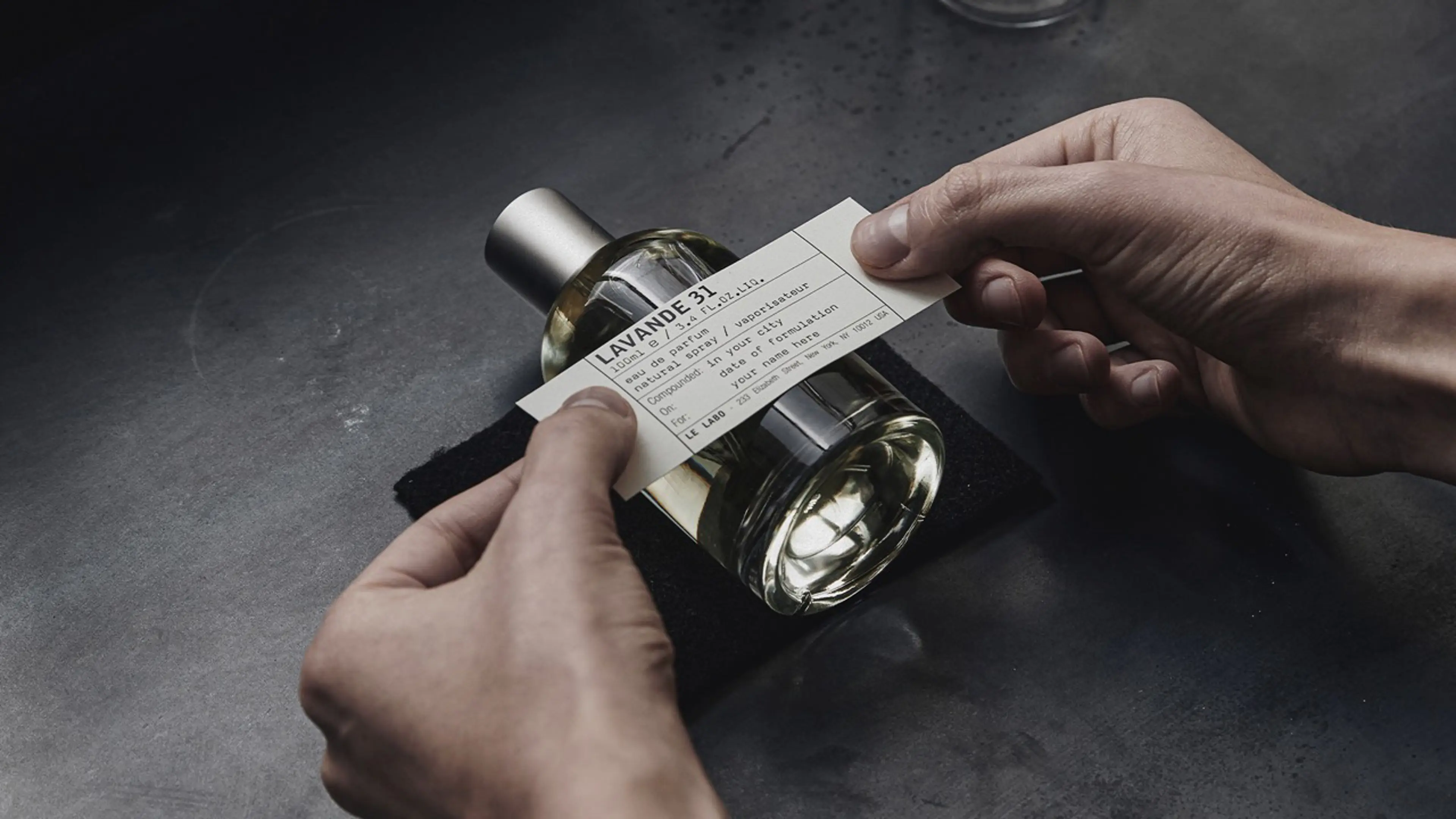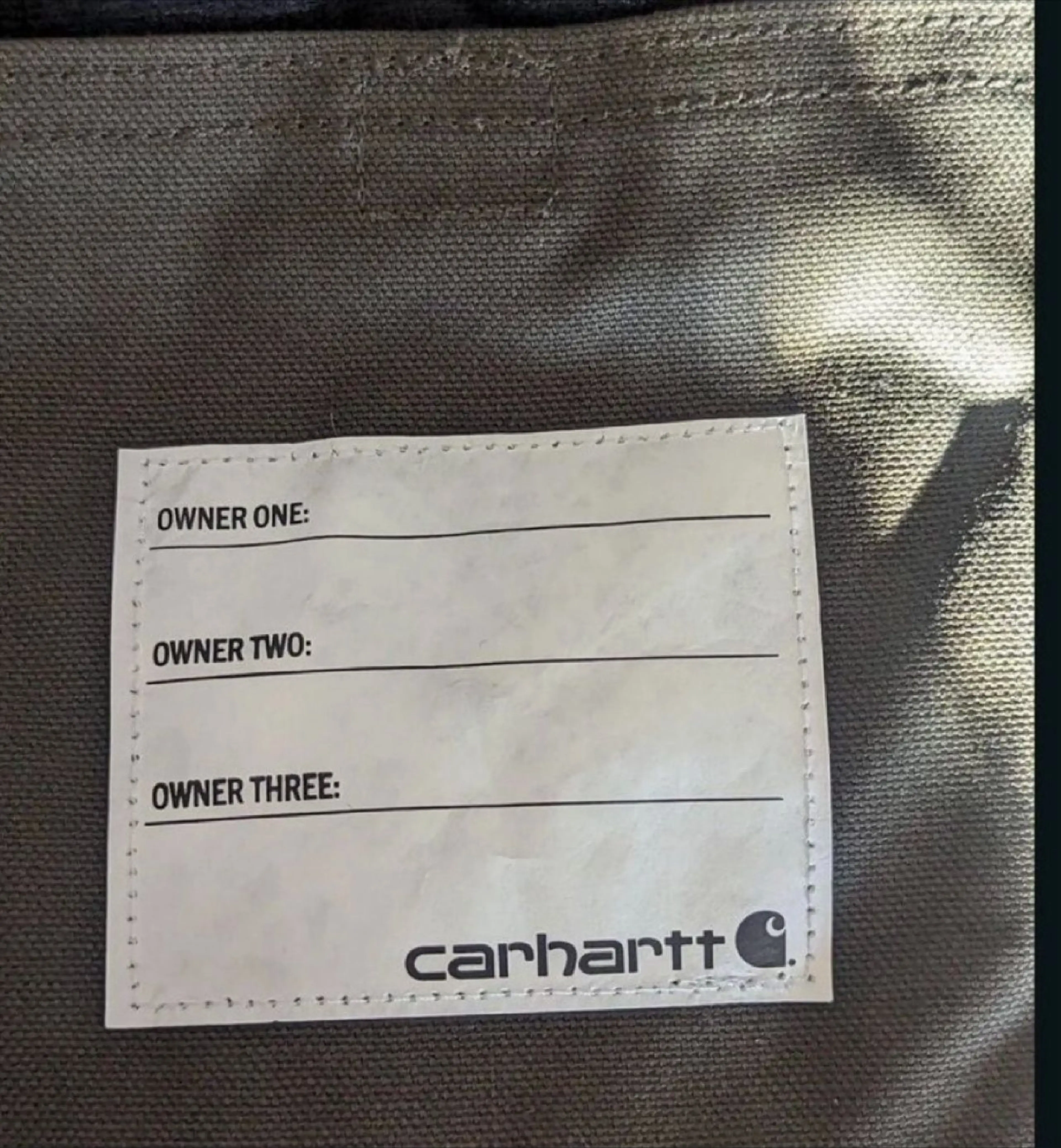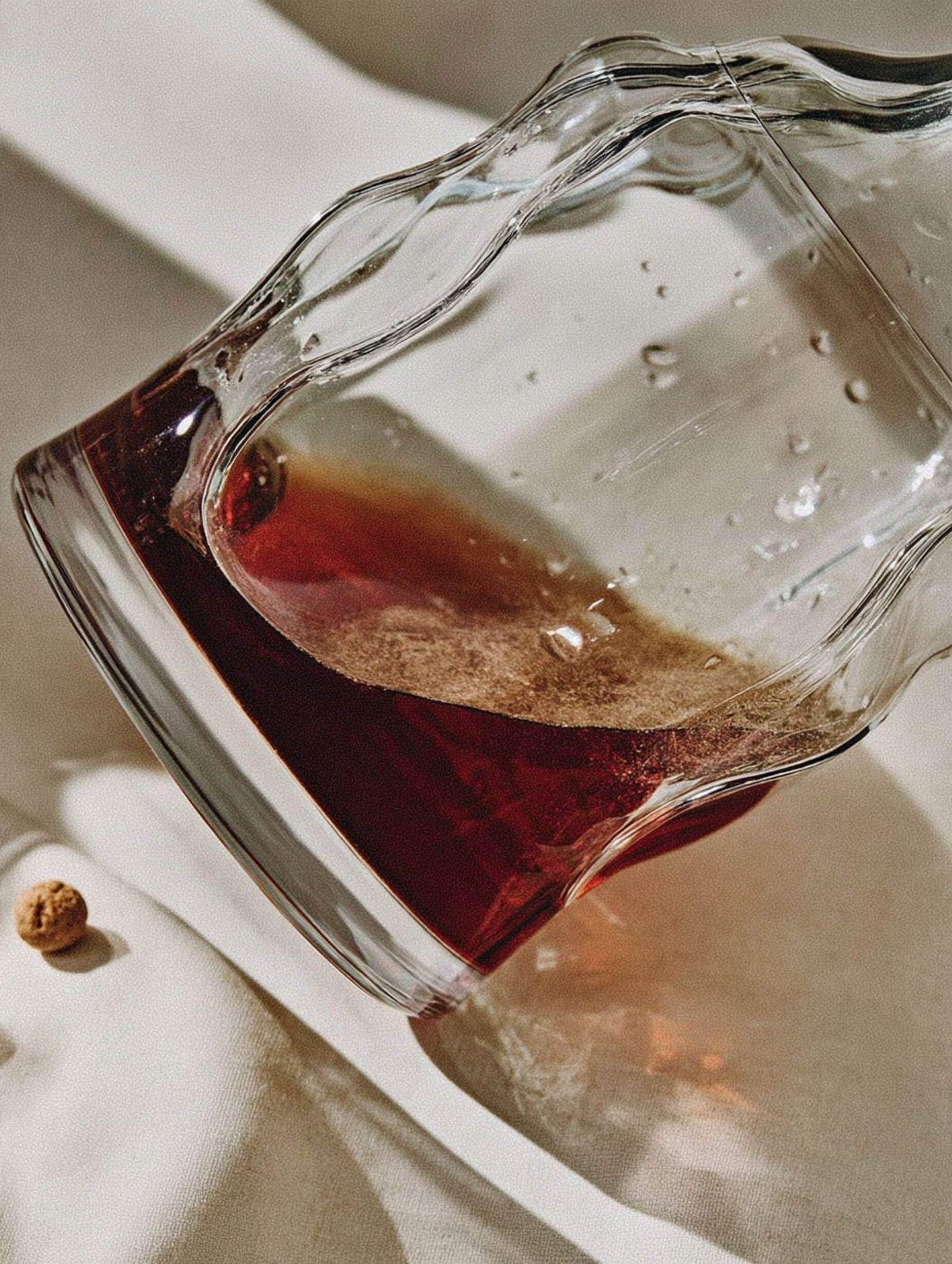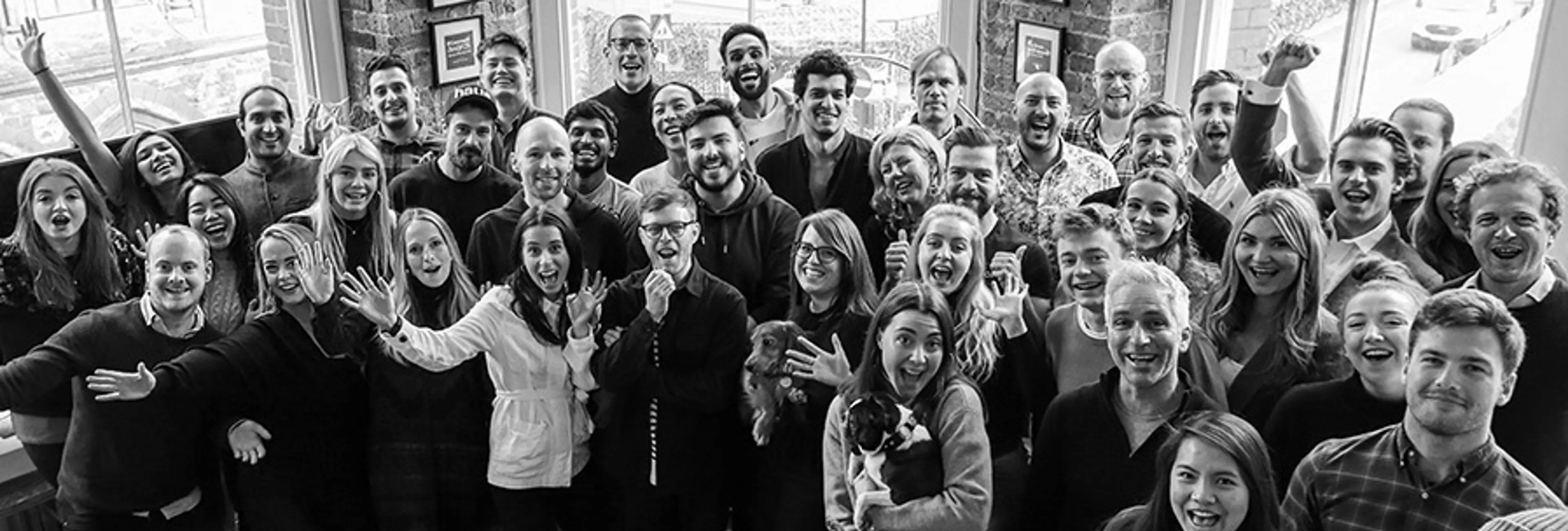
Brand & CX
1 Apr 2024
4 Min Read
Brand Rituals & Crafting Signature Moments
From Le Labo’s mixing rituals and a clever Carhartt label to hospitality experiences that hark back to tradition, we unpack some of our favourite cases of brand rituals and moments that actually mean something – more so than the tedious race to conversion.
“When you remove every ounce of friction in favour of conversion, you optimise things to death.”


Brand & CX






